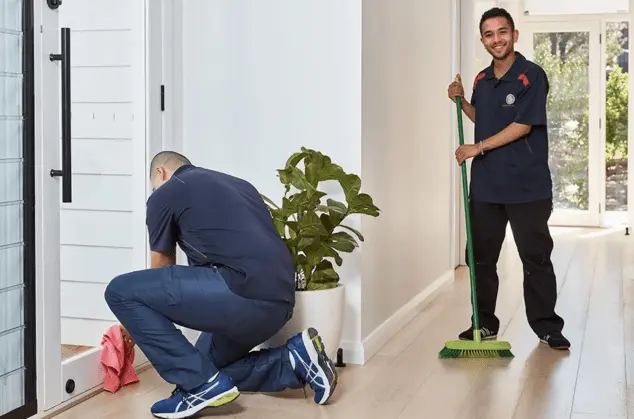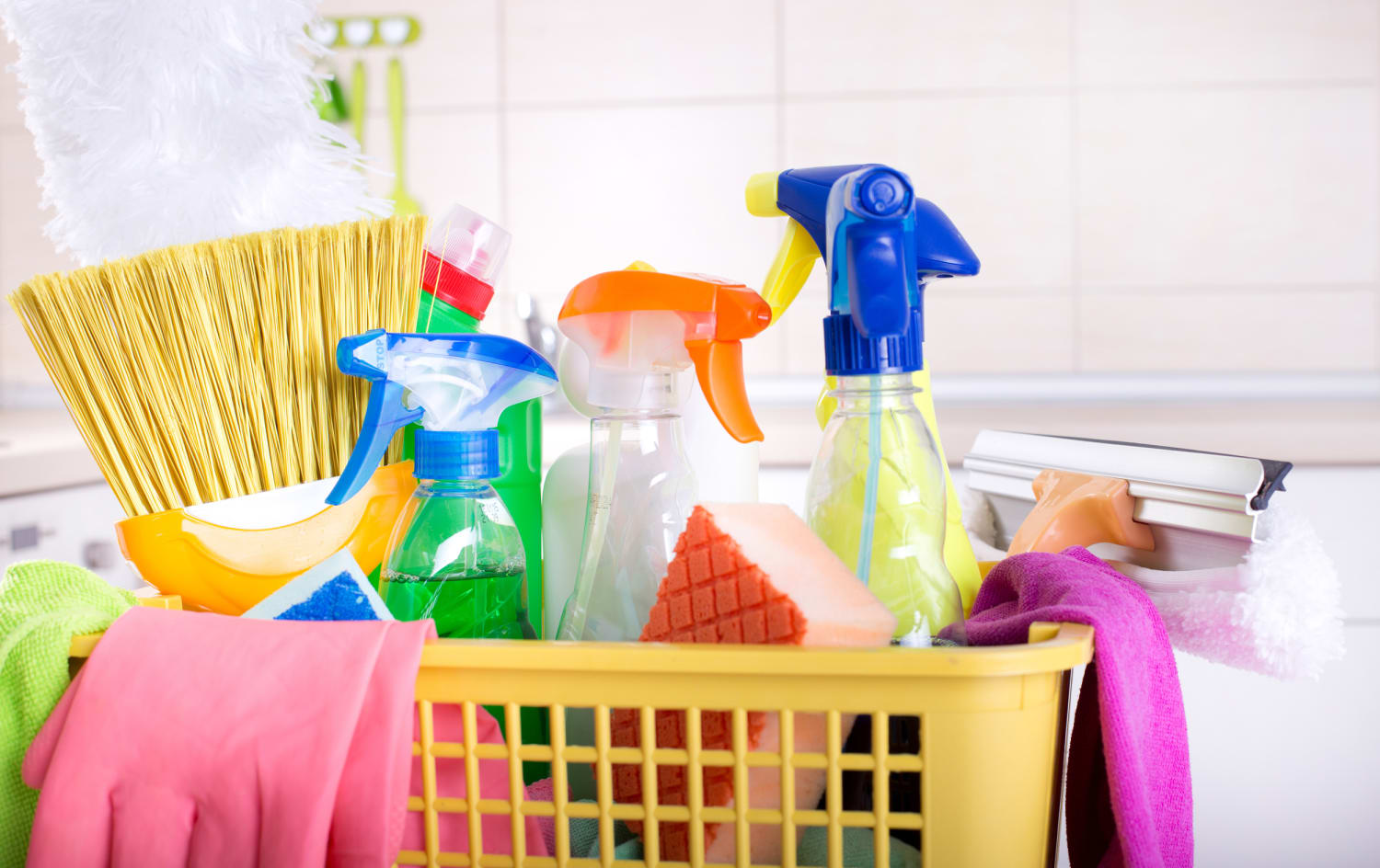Accomplish a Cleaner Home with These Everyday Cleaning Tips: Defrosted and Cleaned Every Few Months and Much more
Accomplish a Cleaner Home with These Everyday Cleaning Tips: Defrosted and Cleaned Every Few Months and Much more
Blog Article
Recognizing the Need for Extensively Sanitizing and Sterilizing Regularly Touched Surface Areas in High-Traffic Areas
In the realm of public health and wellness and security, the meticulous disinfection and sanitization of often touched surface areas in high-traffic areas stand as vital steps in preventing the spread of dangerous virus. The importance of this technique prolongs much past simple cleanliness, delving into the realm of condition prevention and neighborhood well-being. By checking out the various elements of surface area disinfection, from the dangers connected with overlooking cleaning protocols to the reliable techniques that can be used, a clearer understanding arises of the important duty these practices play in protecting public wellness. As we navigate this conversation, it ends up being obvious that the effects of extensive surface area sanitation reverberate not only within the confines of a particular atmosphere but additionally resonate on a more comprehensive scale, affecting the wellness and safety of people throughout varied common settings.
Value of Surface Area Sanitation
Highlighting the detailed sanitation of high-traffic surfaces is critical in maintaining a hygienic atmosphere and avoiding the spread of hazardous microorganisms. High-touch surface areas such as door takes care of, light buttons, lift buttons, and counter tops work as breeding premises for viruses and germs. Regular disinfection of these surfaces is crucial to minimize the risk of contamination and transmission of diseases.
By carrying out a robust sanitation method, companies and institutions can create a more secure atmosphere for clients, visitors, and employees. Appropriate surface sanitation not only minimizes the spread of transmittable illness but also instills confidence in the cleanliness and safety of the properties. This proactive strategy shows a commitment to wellness and wellness, which is particularly important in high-traffic locations where the chance of exposure to virus is heightened.
Furthermore, surface area sanitation plays a critical duty in overall infection control techniques. Integrated with hand health practices, putting on masks, and keeping physical distancing, comprehensive sanitation of high-touch surfaces develops a comprehensive protection against the transmission of damaging microbes. Focusing on surface area disinfection is a necessary element of a holistic method to health and wellness in shared rooms.
Dangers of Overlooking Cleaning Practices
Overlooking thorough disinfection of high-traffic surfaces significantly enhances the danger of microbial and viral contamination, posturing a significant danger to the health and wellness of people frequenting these spaces. Failing to apply correct cleaning methods can cause the buildup and spread of unsafe pathogens, consisting of germs and viruses, on frequently touched surfaces such as doorknobs, hand rails, elevator buttons, and countertops.

In addition, ignoring the importance of extensive cleansing not only jeopardizes the wellness of individuals yet likewise undermines initiatives to preserve a clean and hygienic atmosphere. It is vital to identify the significance of proper sanitation methods in protecting against the spread of infections and protecting public health and wellness.
Reliable Sanitation Approaches
To keep ideal tidiness and lower the danger of contamination on high-traffic surfaces, utilizing effective sanitation methods is crucial. Among the most common and reliable disinfection techniques is using chemical anti-bacterials. These products can differ in toughness and composition, with some targeting certain microorganisms like microorganisms or infections. It is essential to follow the producer's directions for correct dilution, call time, and air flow when making use of chemical disinfectants to ensure their effectiveness - Scrub the Surfaces.
An additional effective approach is the usage of UV-C light. UV-C light has actually been shown to be efficient in killing a broad variety of microorganisms by disrupting their DNA structure, therefore preventing them from reproducing. It is crucial to make use of UV-C light appropriately, guaranteeing that the appropriate intensity and direct exposure time are used to attain the wanted disinfection outcomes.
In addition, utilizing heavy steam cleansing as a disinfection approach can be very reliable, especially on surface areas that are heat-resistant. Heavy steam can penetrate porous surface areas and kill germs, viruses, and other microorganisms properly. When making use of steam cleansing, it is necessary to ensure that the surface gets to the required temperature for a sufficient quantity of time to ensure correct sanitation.
Influence On Public Health
The upkeep of high criteria of cleanliness and disinfection on high-traffic surfaces plays an important duty in protecting public health and wellness. Regularly touched surface areas in locations with high tramp, such as doorknobs, hand rails, elevator buttons, and toilet centers, work as breeding premises for hazardous virus. Stopping working to adequately sanitize these surfaces can bring about the quick spread of contagious conditions within neighborhoods. By implementing detailed disinfection procedures, the danger of transmission of infections, bacteria, and various other germs can be dramatically lowered.
In high-traffic areas like flight terminals, colleges, hospitals, and public transport systems, the effect of extensive sanitation procedures can not be downplayed. Focusing on the sanitization of regularly touched surfaces is a proactive strategy to promoting public health and improving the safety of individuals Vacuum Carpets in shared areas.
Implementing Routine Cleansing Protocols
Quickly instituting and adhering to a regular schedule of cleansing protocols is critical for maintaining the tidiness and safety and security of high-traffic surfaces. Regular cleansing procedures are necessary in stopping the build-up of bacteria and pathogens on often touched surface areas, particularly in areas with high foot website traffic. By carrying out a systematic technique to cleaning, organizations can effectively decrease the danger of illness transmission and develop a much healthier environment for staff members, consumers, and the public.
To establish an efficient cleansing schedule, it is critical to recognize high-traffic areas that need frequent interest. These locations may consist of doorknobs, hand rails, elevator buttons, washroom facilities, and common tools. Executing a regular cleaning routine that targets these surface areas multiple times a day can substantially minimize the spread of hazardous bacteria and viruses.
Moreover, utilizing suitable cleaning agents and disinfectants is key to guaranteeing that surfaces are completely sterilized. Regular training of cleansing personnel on appropriate cleansing strategies and the significance of adherence to the cleansing timetable is likewise crucial in maintaining a hygienic setting. By focusing on constant cleaning protocols, companies can advertise the wellness and wellness of individuals that engage with these high-traffic surfaces.

Verdict
In final thought, it is vital to focus on complete disinfection and sanitization of often touched surface areas in high-traffic locations to protect against the spread of damaging virus and maintain public health and wellness. It is critical to recognize the relevance of keeping tidy surface areas in high-traffic areas to guarantee the well-being of the community.
In the realm of public health and safety and security, the meticulous disinfection and sanitization of frequently touched surfaces in high-traffic locations stand as vital actions in preventing the spread of dangerous virus. By discovering the various aspects of surface sanitation, from the risks linked with overlooking cleaning procedures to the reliable techniques that can be employed, a more clear understanding emerges of the crucial role these techniques play in safeguarding public wellness.Additionally, using vapor cleansing as a sanitation method can be very effective, especially on surfaces that are heat-resistant. When using heavy steam cleansing, it is essential to ensure that the surface area reaches the called for temperature level for an adequate quantity of time to assure appropriate sanitation.
In verdict, it is critical to focus on detailed sanitation and sanitization of regularly touched surface areas in high-traffic locations to avoid the spread of dangerous virus and preserve public health.
Report this page